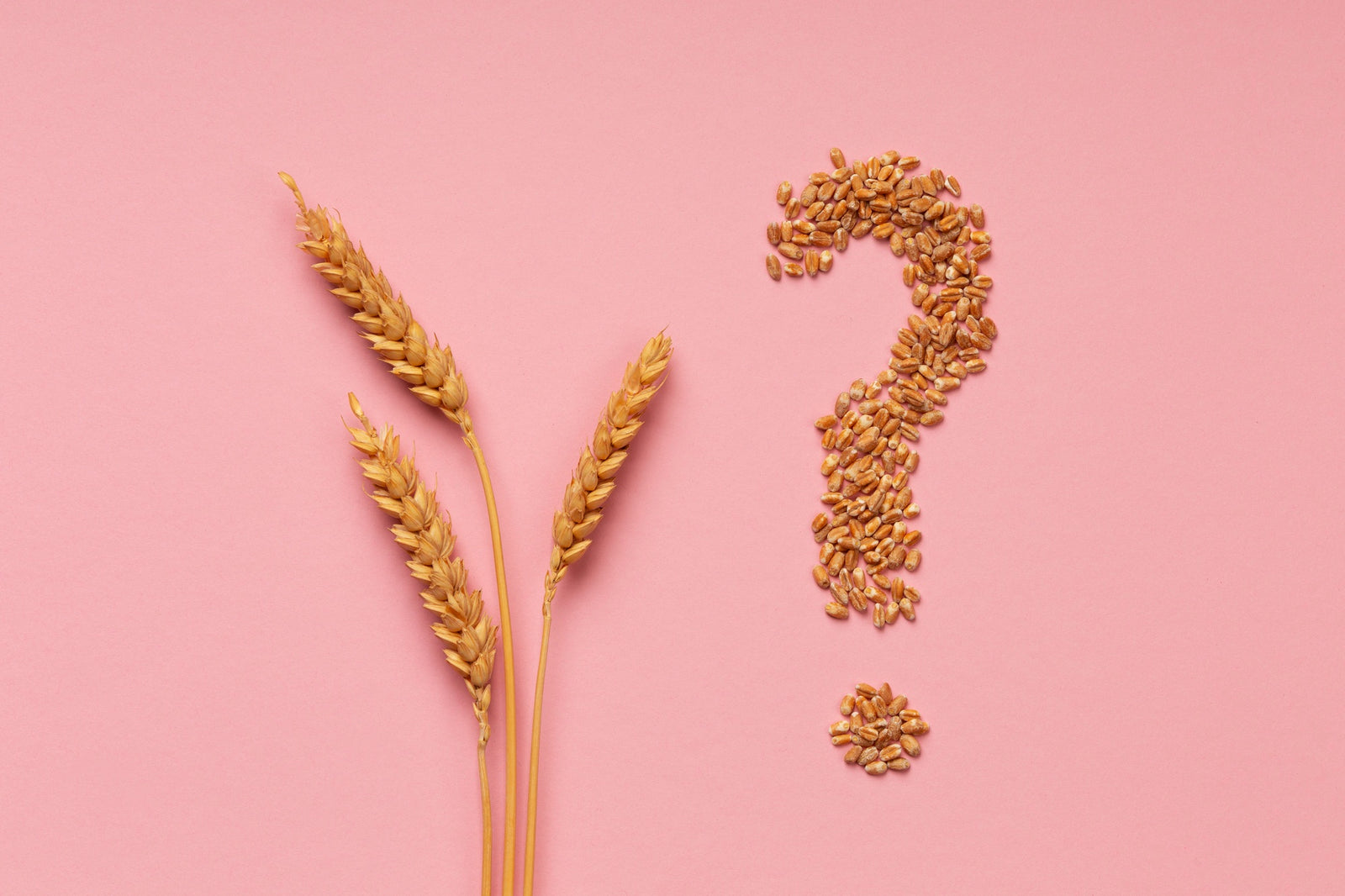
June 26, 2024 3 min read
Hard Red Wheat Berries are gaining popularity in health-conscious circles, yet several misconceptions persist about this nutritious whole grain. Let's set the record straight by debunking common myths and highlighting the true benefits of Hard Red Wheat Berries.
Fact: While Hard Red Wheat Berries do take longer to cook compared to some other grains, they are not difficult to prepare. With a bit of planning, they can be easily incorporated into your meals. Soaking them overnight reduces cooking time significantly, making them a convenient addition to your diet.
Fact: Hard Red Wheat Berries are incredibly nutritious, packed with fiber, protein, vitamins, and minerals. They are an excellent source of iron, magnesium, phosphorus, and B vitamins. Their high fiber content aids in digestion and helps maintain a healthy weight.
Fact: While they are commonly used for making whole wheat flour, Hard Red Wheat Berries are versatile and can be used in a variety of dishes. They add a delightful chewiness to salads, soups, and pilafs. They can also be ground into fresh flour for baking.

Fact: While they do contain carbohydrates, these are complex carbs, which are essential for providing sustained energy. The fiber in Hard Red Wheat Berries helps regulating blood sugar levels, making them a healthy choice for those monitoring their carb intake.
Fact: In reality, Hard Red Wheat Berries are quite affordable, especially when purchased in bulk. Considering their nutritional benefits and versatility, they offer great value for money and are a cost-effective way to enhance your diet.
Fact: Hard Red Wheat Berries do contain gluten, so they are not suitable for those with celiac disease or severe gluten intolerance. However, individuals with non-celiac gluten sensitivity may tolerate them better due to their whole grain nature and the presence of beneficial nutrients and fiber.
Fact: Hard Red Wheat Berries are a great addition to both vegetarian and non-vegetarian diets. Their robust texture and nutty flavor complement a wide range of dishes, from hearty stews to meat-based casseroles.
Fact: Hard Red Wheat Berries have a pleasantly nutty and slightly sweet flavor. When cooked properly and combined with herbs, spices, and other flavorful ingredients, they can enhance the taste of many dishes, adding both texture and depth.
Fact: The high fiber content in Hard Red Wheat Berries actually aids digestion. For those new to high-fiber foods, it’s best to introduce them gradually into the diet to allow the digestive system to adjust.
Fact: Hard Red Wheat Berries are incredibly versatile. They can be used in breakfast dishes like porridge, added to salads for lunch, included in soups for dinner, or even used in desserts. Their versatility makes them a staple in many kitchens.
Hard Red Wheat Berries are a highly nutritious and versatile whole grain that can be easily incorporated into a variety of dishes. By debunking these myths, we hope to highlight their benefits and encourage you to explore the many ways to enjoy this wholesome grain.
Other Wheat Berry Blogs:

Comments will be approved before showing up.

January 27, 2025 3 min read
Flaxseed, the tiny yet powerful superfood, is packed with nutrients that can support weight loss. From curbing hunger to stabilizing blood sugar, this guide dives into the science of how flaxseed can help you shed those extra pounds.

December 11, 2024 3 min read
Discover three quick and easy soup recipes featuring organic small red beans. From a classic vegetable soup to a creamy potato blend, these wholesome recipes are perfect for chilly days and busy weeknights. Packed with flavor and nutrition, these soups will warm your heart and soul this winter!

December 06, 2024 3 min read
This vibrant and nutritious Green Lentil Salad combines tender lentils with grilled chicken, fresh vegetables, and a zesty lemon dressing. Packed with protein, fiber, and essential vitamins, it’s the perfect healthy meal for any time of day.
© 2025 Be Still Farms- Real, Fine Organics.
Privacy | Terms | Refund Policy | Organic Certification
